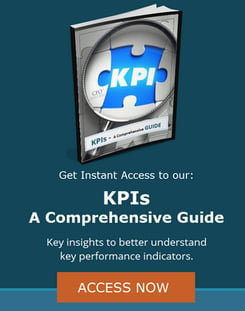Hiring a fractional (part-time) CFO is becoming increasingly popular because this type of employment engagement offers significant cost benefits. Outsourcing their CFO role allows an organization to bring someone in for a fraction of the cost because they do not incur expenses related to benefits, bonuses, payroll taxes, etc. As Michael Newsome explains when talking about utilizing fractional service providers,
“Searching for ways to optimize human capital, while fighting the inefficiencies of talent markets, is an ever-present challenge for businesses in the middle market. The human capital corollary to the engineer’s triangle (fast, cheap, reliable – pick two) seems to be availability, relevant experience, and compensation expectation... An increasingly popular way for businesses to address this issue is using fractional service providers, which have proliferated significantly in their breadth and depth of service offerings in the middle market... A fractional solution can offer a way for a business to access additional capability at a lower total cost than bringing on a full-time hire.”
And while the cost savings are clear, many companies remain resistant to hiring a fractional CFO. Their biggest fear is that doing so requires that they sacrifice on quality in a role that requires the utmost proficiency. Leadership with these types of reservations will typically ask questions like, “Is a part-time CFO as good as a full-time CFO?” or “Can you really trust a fractional CFO to perform at a high level?”
Organizations that question whether a fractional CFO can truly get the job done well for less should consider how a fractional CFO can:










